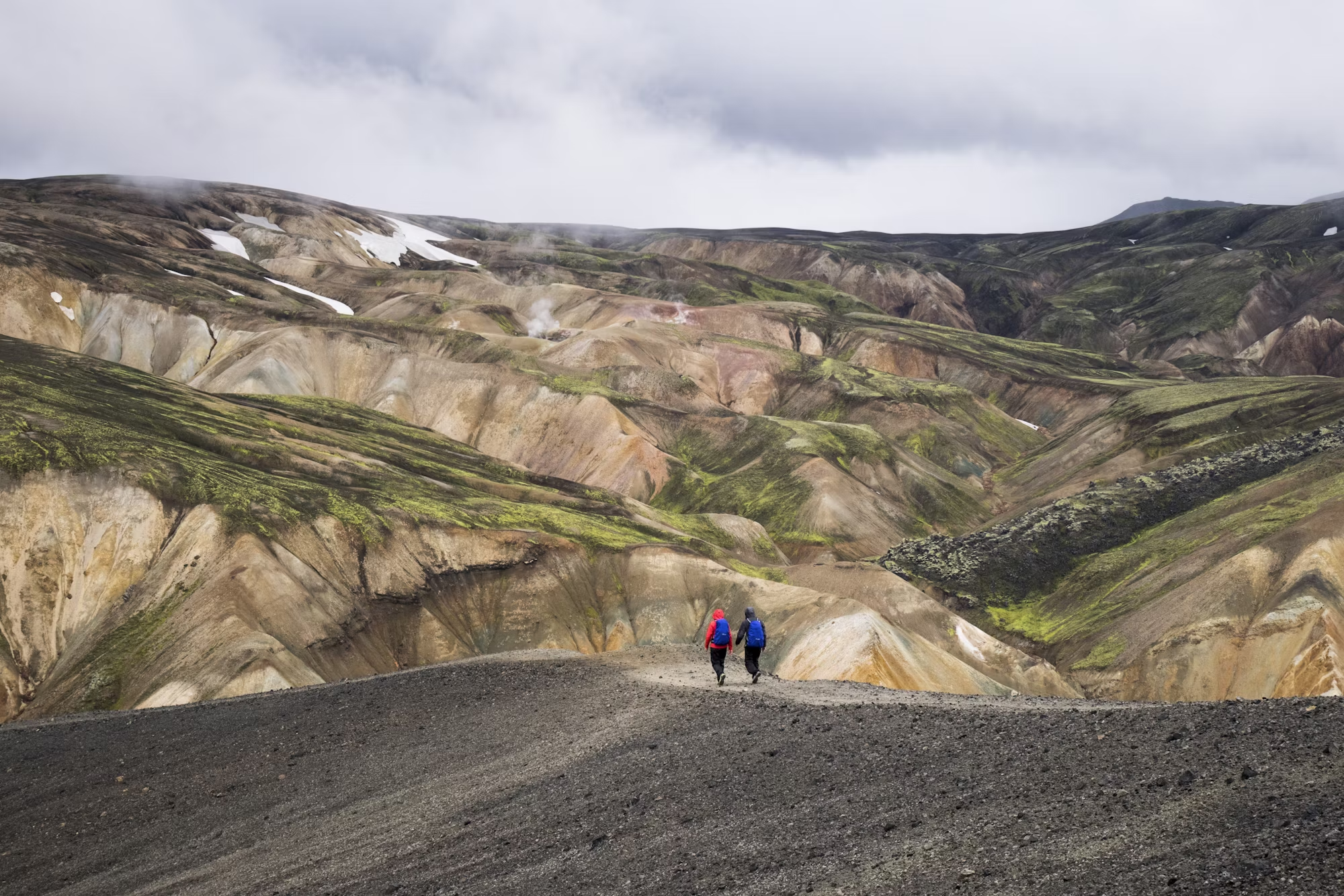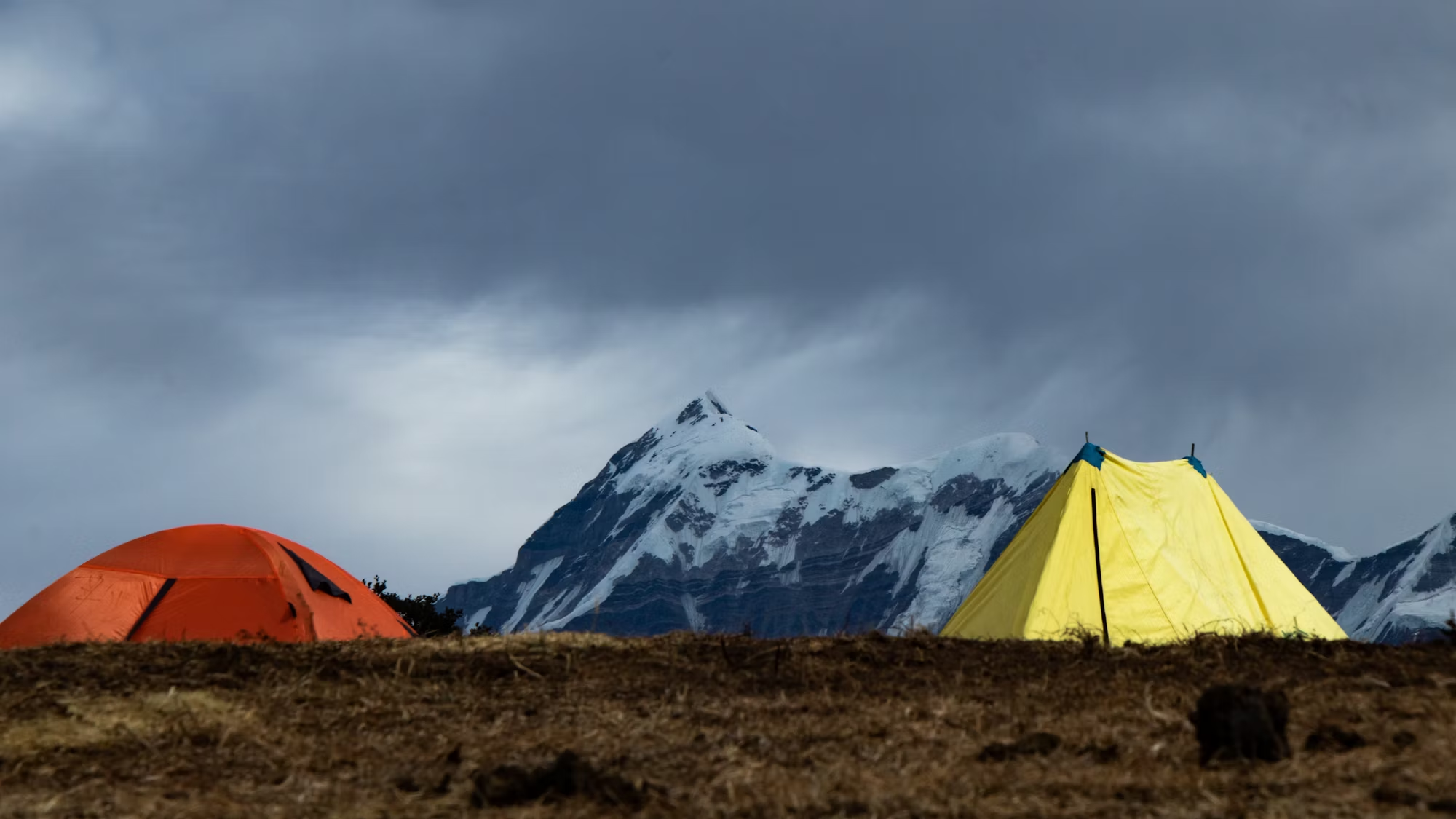Hiking is a beloved outdoor activity that allows individuals to connect with nature, explore breathtaking landscapes, and enjoy physical exercise. Whether you’re a seasoned hiker or a beginner looking to embark on your first adventure, understanding the essentials of hiking can enhance your experience and ensure your safety on the trail. This article will explore the must-have gear, important tips, and techniques to make your hiking adventure both enjoyable and memorable.
Choosing the Right Trail
The first step in planning a successful hiking trip is selecting the right trail. Consider your fitness level, experience, and the type of scenery you wish to explore. Local parks, nature reserves, and national forests often provide a range of trails with varying levels of difficulty. Beginners may want to start with shorter, well-marked trails, while more experienced hikers can tackle longer, more challenging routes.
Research the trail beforehand. Online resources, hiking guides, and apps can provide valuable information about trail conditions, elevation changes, and estimated hiking times. Additionally, consider factors such as weather conditions and potential wildlife encounters, which can influence your hiking experience. Being well-informed will help you make better decisions on the trail and ensure a more enjoyable outing.
Essential Gear for Hiking
Having the right gear is crucial for a safe and comfortable hiking experience. Here’s a list of essential items you should consider packing:
1. Footwear: Proper footwear is one of the most important aspects of hiking. Invest in a good pair of hiking boots or shoes that provide support, traction, and protection. Ensure they are broken in before your hike to prevent blisters.
2. Clothing: Dress in layers to adapt to changing weather conditions. Start with a moisture-wicking base layer, add an insulating layer for warmth, and top it off with a waterproof and breathable outer layer. Don’t forget a hat and sunglasses for sun protection.
3. Backpack: A comfortable, well-fitting backpack is essential for carrying your gear. Choose one that fits your body and has enough capacity to hold your supplies without being too heavy.
4. Navigation Tools: Bring a map, compass, or GPS device to help you stay on track. Familiarize yourself with the trail layout and key landmarks to enhance your navigation skills.
5. Hydration: Staying hydrated is critical while hiking. Carry a refillable water bottle or hydration system, and aim to drink water regularly throughout your hike.
6. Snacks: Pack lightweight, high-energy snacks such as nuts, trail mix, or energy bars to keep your energy levels up on the trail.
7. First Aid Kit: A basic first aid kit can help you manage minor injuries and ailments. Include items like adhesive bandages, antiseptic wipes, pain relievers, and blister treatments.
8. Emergency Supplies: Always be prepared for the unexpected. Carry a whistle, multi-tool, flashlight, and a space blanket in case of emergencies.
9. Sun Protection: Protect your skin from UV rays by applying sunscreen and wearing long sleeves or a hat. Sunglasses with UV protection are also essential.
Safety Tips for Hiking
Safety should always be a top priority when hiking. Here are some important tips to keep in mind:
– Hike with a Buddy: Whenever possible, hike with a friend or group. There’s safety in numbers, and having companions can enhance your experience.
– Stay on Designated Trails: To protect the environment and ensure your safety, stick to marked trails. Venturing off the path can lead to dangerous terrain and disrupt local ecosystems.
– Be Aware of Your Surroundings: Pay attention to your environment and any potential hazards. Keep an eye out for wildlife, changing weather, and trail conditions.
– Know Your Limits: Choose a hike that matches your fitness level and experience. It’s important to recognize when to turn back, especially if conditions change unexpectedly.
– Leave No Trace: Practice Leave No Trace principles to minimize your impact on the environment. Carry out all trash, avoid picking plants, and respect wildlife.
Hiking Techniques for Enjoyment
While hiking is primarily about enjoying nature, employing good techniques can make your experience more pleasant:
– Pacing: Find a comfortable pace that allows you to enjoy your surroundings without exhausting yourself. Take breaks as needed to rest and hydrate.
– Breathing: Maintain a steady breathing rhythm to enhance your endurance. Focus on deep, controlled breaths, especially during uphill sections.
– Mindfulness: Engage your senses and practice mindfulness while hiking. Pay attention to the sounds of nature, the scent of the forest, and the sights around you. This enhances your connection to the environment and makes your hike more rewarding.
Planning for Weather Changes
Weather conditions can change rapidly, especially in mountainous areas. Being prepared for various weather scenarios is essential:
– Check the Forecast: Always check the weather forecast before heading out. Be aware of temperature changes and potential storms, and adjust your plans accordingly.
– Be Prepared for Rain: Pack a waterproof jacket and pants, as well as a waterproof cover for your backpack. Wet conditions can make trails slippery and challenging.
– Cold Weather Gear: If hiking in colder months, ensure you have insulated clothing, gloves, and a warm hat. Layering is key to managing body heat effectively.
Capturing Memories
Hiking offers countless opportunities to capture stunning views and memorable moments. Bring a camera or use your smartphone to document your adventure. Taking photos not only helps you remember the experience but also allows you to share it with others.
Consider creating a hiking journal to jot down your thoughts, experiences, and the trails you’ve explored. Reflecting on your hikes can deepen your appreciation for nature and inspire future adventures.
Conclusion: Embrace the Adventure
Hiking is a wonderful way to connect with nature, improve physical fitness, and enjoy the beauty of the outdoors. By preparing adequately, understanding essential gear, and following safety guidelines, you can enhance your hiking experience and create lasting memories. So lace up your boots, grab your backpack, and embrace the adventure that awaits you on the trails. Each step you take brings you closer to the natural wonders that inspire us all.









